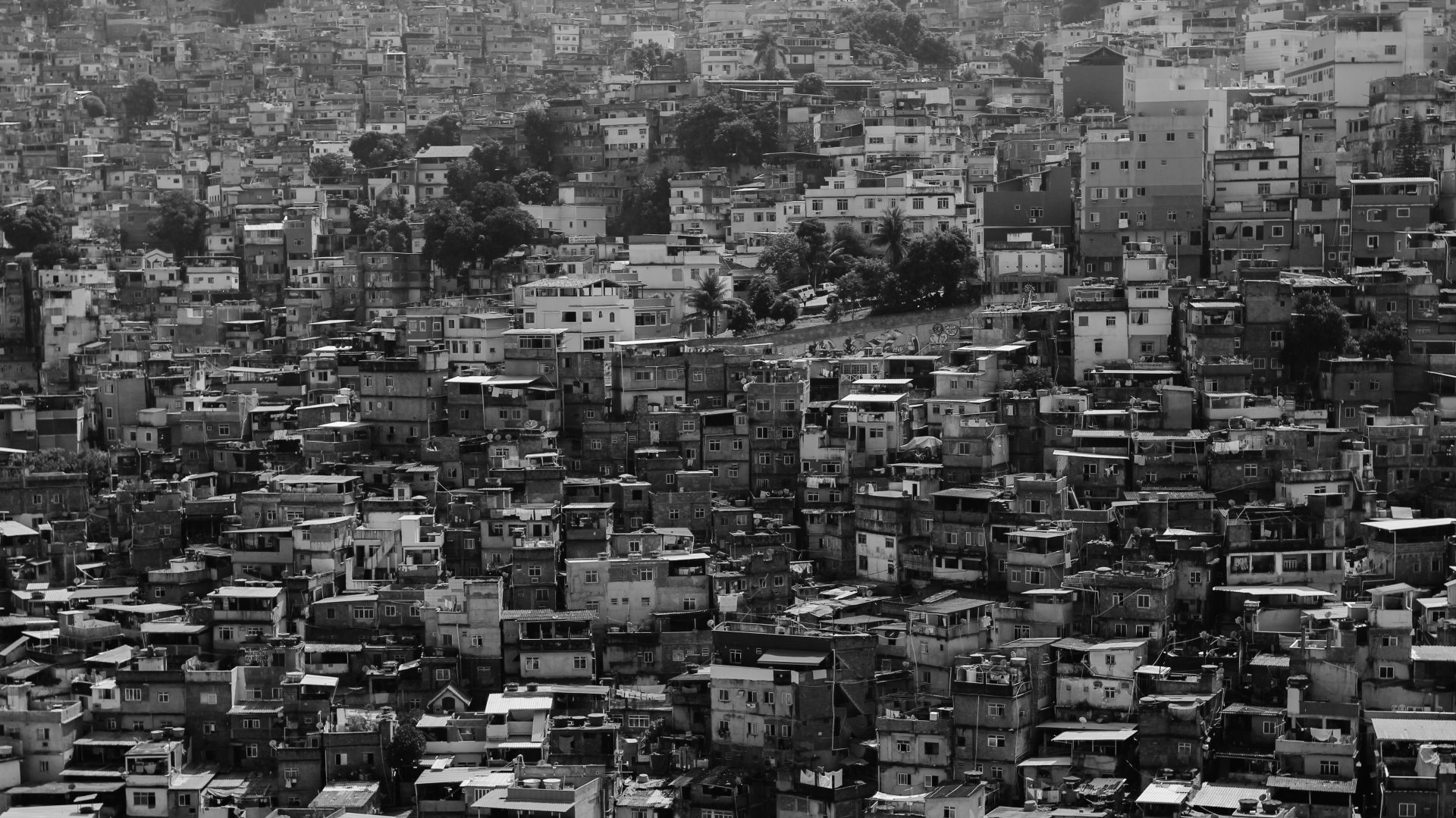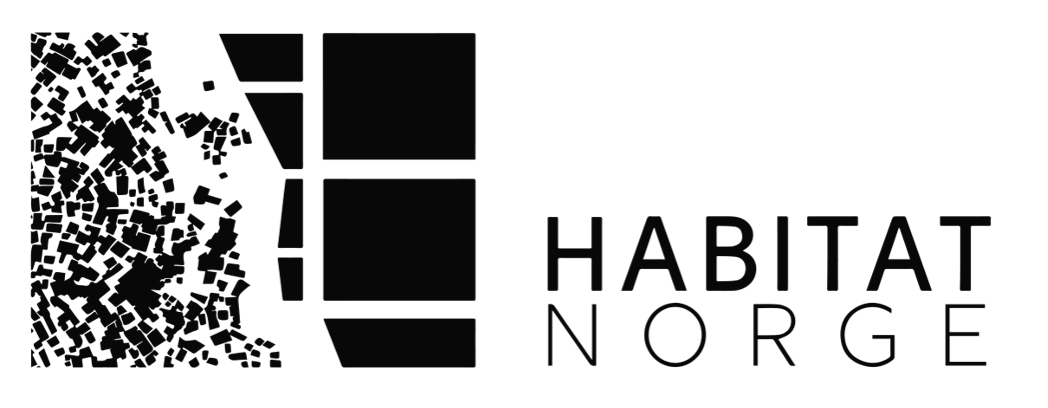Roundtable 11.02. 2020 organized by Habitat for humanity/UN Habitat at World Urban Forum 2020
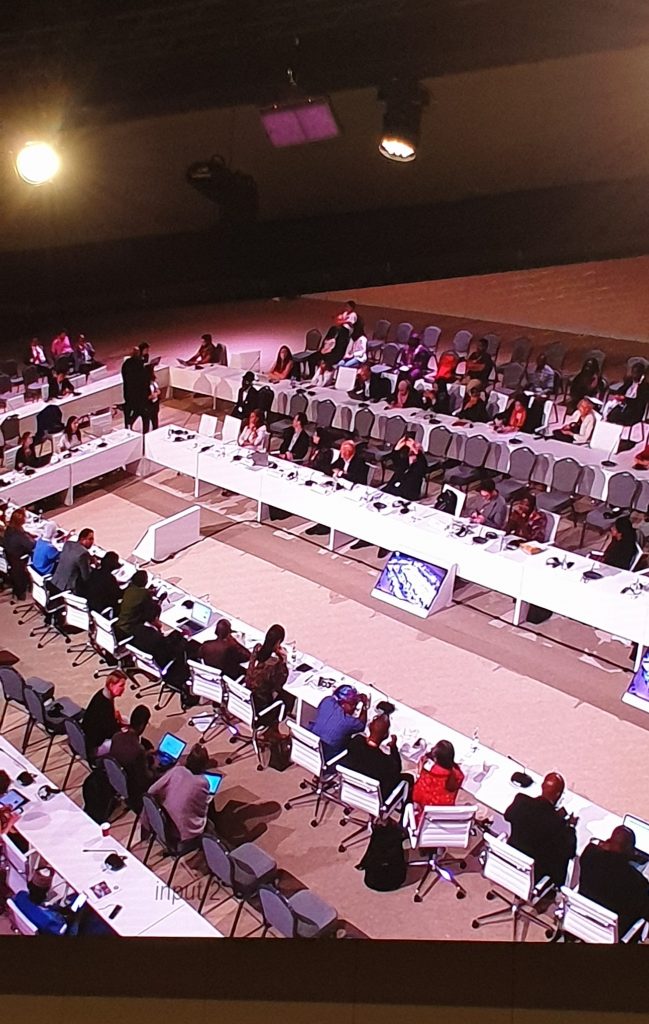 My interest for the role of culture as a development tool emerged 20 years ago. I was then Country Director Development at the Norwegian Embassy in Dhaka, Bangladesh. In charge among other things for a cultural development programme involving several community based organisations and grassroot movements. Bangladesh, denounced at independence in 1972 by Henry Kissinger as “the dust bin of the world” – is now 50 years later soon a middle income country. It has always offered rich varieties of aesthetic and artistic forms and processes. Every region, community and ethnic group have their own repertoire of folk forms with local contents, informed by local visions. As rural people are flocking to the slums of Dhaka, Chittagong and Khulna, these traditions live along each other. Here they merge and transform into new cultural expressions often with strong political content. It reflects the ongoing cultural ruralization of cities. In the context of this event I would like to mention one particular genre or approach. A good practice that promote social inclusion, human rights and the use of public space.
My interest for the role of culture as a development tool emerged 20 years ago. I was then Country Director Development at the Norwegian Embassy in Dhaka, Bangladesh. In charge among other things for a cultural development programme involving several community based organisations and grassroot movements. Bangladesh, denounced at independence in 1972 by Henry Kissinger as “the dust bin of the world” – is now 50 years later soon a middle income country. It has always offered rich varieties of aesthetic and artistic forms and processes. Every region, community and ethnic group have their own repertoire of folk forms with local contents, informed by local visions. As rural people are flocking to the slums of Dhaka, Chittagong and Khulna, these traditions live along each other. Here they merge and transform into new cultural expressions often with strong political content. It reflects the ongoing cultural ruralization of cities. In the context of this event I would like to mention one particular genre or approach. A good practice that promote social inclusion, human rights and the use of public space.
In Khulna I learned how the popular theatre form “Jatra” – dating centuries back – and the storytelling form of “Khaner gan” transformed into a modern form of theatre for development. Also known as theatre of the oppressed, social theatre or urban theatre. A form of theatre practiced particularly in times and places of crises – slums are places of permanent crises – attempting to transform brutal life experiences related to equality, ecology and economy into political messages in both educative and entertaining ways. Issue and rights based, inexpensive, reflecting local people’s ownership, independent of foreign donor agencies and NGOs.
“Jatra” in the hands of the NGO LOSAUK an organization of People’s Action for socio cultural and economic development, played in the public, open places and streets of Khulna, drew vast audiences. The events were open and free for all. After each presentation spectators were involved in discussions with the actors that conscientised and mobilized for action. Teaching human rights. And by the way: how can people fight for their rights, the SDGS and NUA when they don’t know them and what they imply. Human rights education is a major challenge for people’s mobilization.
LOSAUK focused particularly on the causes and effects of human trafficking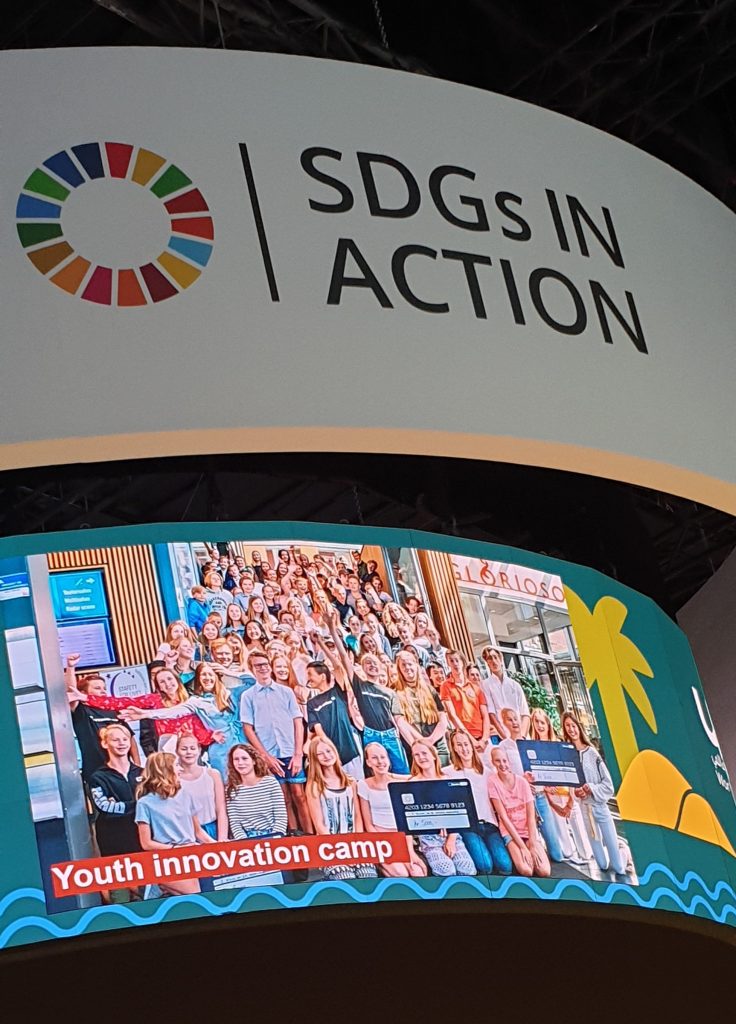 of young girls and women taking place along the border with India. But also of young boys as camel/horse jockeys to Middle East states. The form of theatre developed had strong healing, therapy effects as the number of psycologists in the city were limited and unaffordable for ordinary people. In particular when returned, trafficked children and youth contributed to both developing the plots as well as playing the roles health impacts were considerable.
of young girls and women taking place along the border with India. But also of young boys as camel/horse jockeys to Middle East states. The form of theatre developed had strong healing, therapy effects as the number of psycologists in the city were limited and unaffordable for ordinary people. In particular when returned, trafficked children and youth contributed to both developing the plots as well as playing the roles health impacts were considerable.
When recorded and presented by national television some of the plays led to strong popular reactions all over the country with immediate national policy and practical implications such as strengthening the police. Local and national TV and radio theatre were also used in health and education campaigns with strong learning impacts. To develop links between local action, national media and advocacy organisations are essential in any rights based advocacy work. It secures outreach, continuity and process. And makes it possible to find entry points among positively inclined politicians and bureaucrats to promote the issue further. Theatre for development in all its aspects and functions should be taught in schools securing localization and early conscientisation of youth.
Popular theatre, festivals, markets, performance by folk artists and groups, sports, be it traditional or modern, can promote social coherence in communities through their convening and entertainment potential. By bringing local people together, the social and co-operative potential of a community is promoted. Messages and opinions that lead to positive change are instilled. The relationship between urban authorities and the mobilized poor can be changed by establishing arenas and activities where grassroot activists hold powerholders accountable.
Urban poverty and human rights violations can of course not be eradicated by ad hoc interventions of this nature. Structural changes in the form of new policies, massive state and private investments in job creation, education and health are necessary. But, it would add value to the struggle if cultural heritage transformed into modern forms of expression such as “Theatre for development” could be more widely used. A culture that promotes people’s welfare is an important tool. That is why Bangladesh has got its own theatre for development movement. A theatre that is a mirror of societies’ processes.
Erik Berg
Source:
Ine T. Berg; “Same, same but different”. An analysis of Urban Theatre in Bangladesh. Team assignment – Theatre science. Spring 2000.
